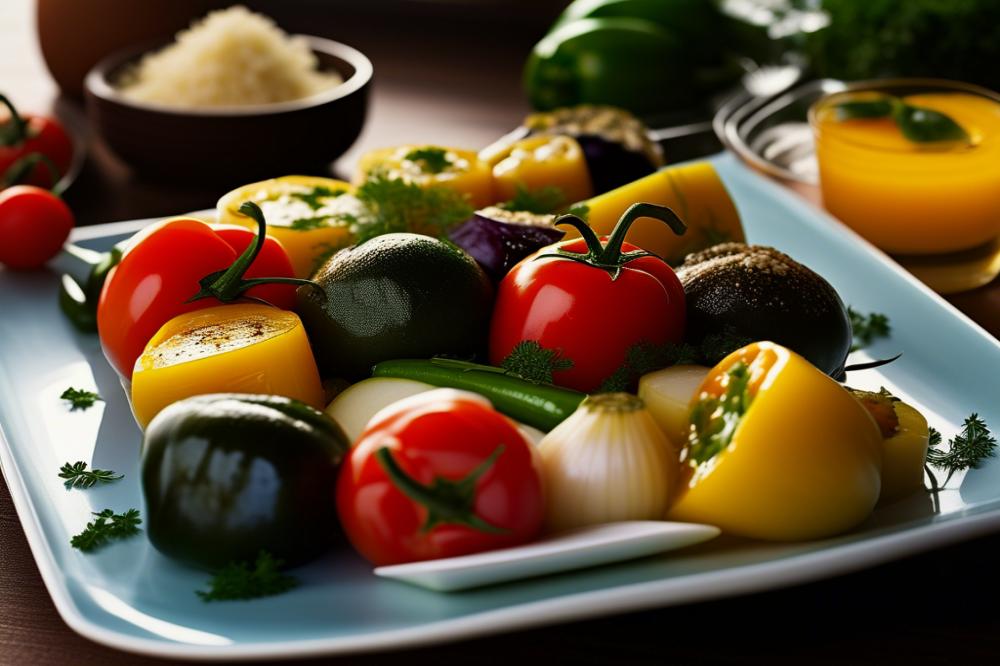Exploring Greek Gemista: A Culinary Delight
Greek Gemista represents a beloved tradition in the country’s food culture. As travelers seek authentic experiences, this dish often becomes a highlight. stuffed vegetables, along with a rich blend of flavors, embody the essence of Mediterranean cuisine. The vibrant colors and tastes are a testament to the importance of fresh ingredients in Greek cooking.
When preparing this delightful recipe, keep in mind the key components. Fresh vegetables, particularly peppers and tomatoes, serve as vessels for a flavorful filling. The mixture of rice and various herbs brings everything together. Each bite offers a taste of the region’s agricultural heritage.
For many, enjoying Greek Gemista is not just about the food; it is about sharing a meal steeped in history and love. The process of baking these filled creations allows the ingredients to meld beautifully. Through each step of the preparation, the connection to Greek roots is revitalized. This dish invites everyone to experience a piece of culinary art while embracing the joys of family and togetherness.
The Essence of Greek Gemista
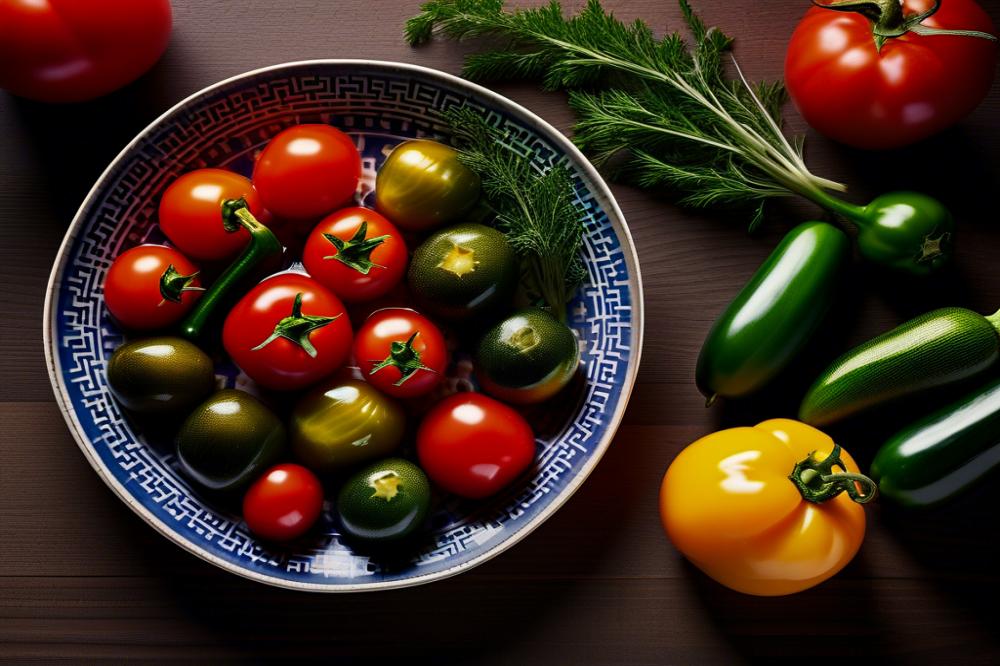
Greek Gemista embodies a rich tradition in Mediterranean cuisine. Its origins can be traced back to the countryside, where fresh produce was abundant. Often, families would gather to prepare these delightful stuffed vegetables for special occasions. This dish is much more than a recipe; it represents a way of life, where sharing and hospitality are paramount.
Stuffed vegetables have a long history throughout the Mediterranean. In many cultures, combining various ingredients within a vegetable shell is common. This method allows for creativity and the use of seasonal produce. Throughout the years, variations have emerged, but the core concept remains the same: delicious fillings enhance the natural flavors of the outer shell.
The preparation of Gemista typically involves several key vegetables. Tomatoes, peppers, and zucchini often take center stage. Their juicy textures and vibrant colors make them perfect candidates for stuffing. Rice is usually mixed with aromatic herbs, adding depth to each bite. The choice of herbs, such as parsley and dill, brings out the freshness of the filling.
When it comes to baking, these vegetables become even more flavorful. As they cook, the juices meld together, creating a savory dish that is both satisfying and wholesome. Families enjoy Gemista during the summer months when gardens overflow with fresh produce. The combination of ingredients reflects the essence of Mediterranean cuisine—simple, yet rich in flavor and nourishment.
Gathering Ingredients for Gemista
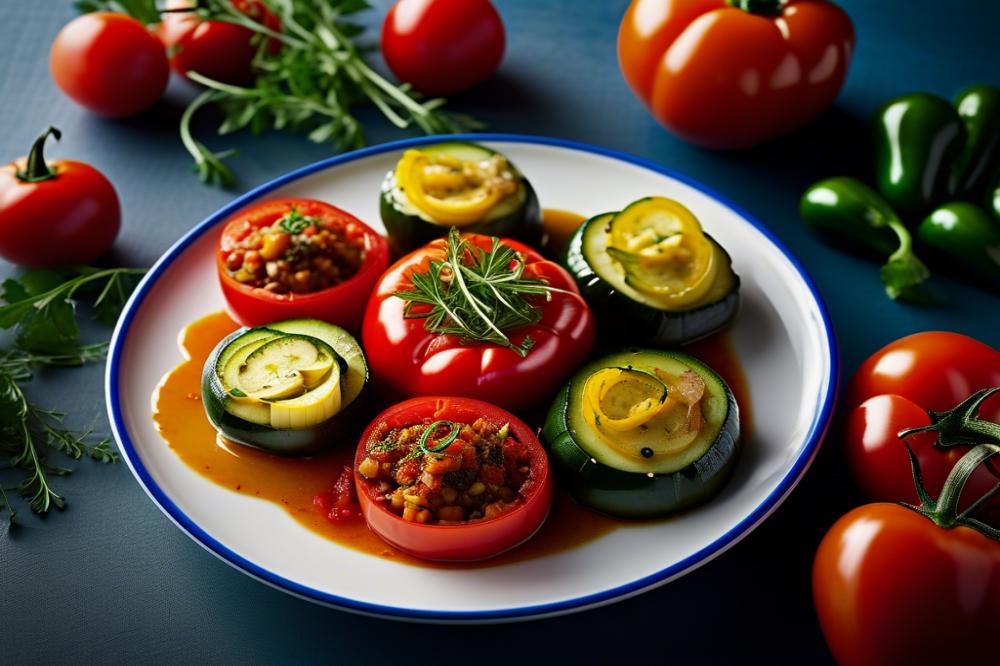
Preparing Greek Gemista requires a thoughtful selection of ingredients. Fresh vegetables form the heart of this dish. Look for ripe tomatoes and colorful peppers to serve as the main vessels for the stuffing. Selecting firm zucchinis or eggplants can also add variety to your meal. The quality of these vegetables can significantly impact the final taste.
Next, rice is crucial. Opt for medium-grain or a good-quality long-grain variety. The right rice will help absorb the flavors while retaining its texture during baking. Avoid using poor-quality rice as it can affect the overall dish.
Aromatic herbs are a key element in Mediterranean cuisine. Fresh parsley, dill, and mint can elevate the flavors. Dried oregano also adds a classic touch. When possible, buy herbs fresh from local markets. They will provide a more intense flavor compared to dried varieties.
For the best experience, think about sourcing ingredients from local farmers’ markets. These markets often have seasonal produce at its peak freshness. Consider visiting grocery stores with a strong emphasis on Mediterranean fare. Check their selection of canned goods, like high-quality tomato puree, which can be useful for cooking.
Lastly, don’t forget olive oil. A good extra virgin olive oil is essential for drizzling over the stuffed vegetables before baking. It not only enhances flavor but also contributes to a beautiful golden color. Seek brands that are locally produced or imported from known regions in Greece for authenticity.
Preparation Steps for Greek Gemista
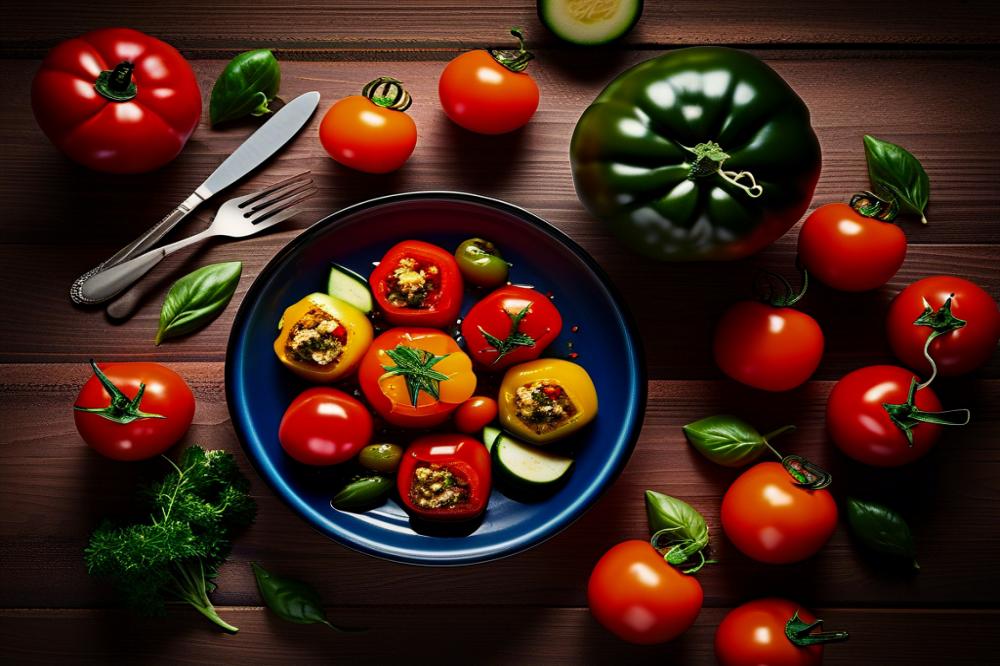
To prepare Greek Gemista, start with fresh vegetables. Choose bell peppers, tomatoes, zucchinis, or even eggplants. Wash each vegetable thoroughly under cool running water. This step is crucial for removing any dirt or pesticides present. After washing, carefully cut the tops off the peppers and scoop out the insides. For tomatoes, slice off the tops and gently hollow them out using a small spoon. Save the insides of the tomatoes for the filling.
Next, it’s time to make the rice filling. Begin by heating some olive oil in a pan over medium heat. Add chopped onions and sauté until they turn translucent. Stir in the rinsed rice, mixing well for a few minutes. The rice should slightly toast, which adds flavor. Incorporate the reserved tomato insides into the mixture. Add herbs such as parsley, dill, and mint for that authentic Mediterranean taste. Season the blend with salt and pepper to your liking. Cooking this mixture for about 10 minutes allows the rice to absorb the lovely flavors.
Once the filling is ready, it’s time to stuff the vegetables. Take a spoonful of the rice mixture and gently pack it into each pepper or tomato. Be careful not to overfill, as the rice will expand while cooking. Place the stuffed vegetables upright in a baking dish. Drizzle a little olive oil over the top and sprinkle with more herbs if desired.
When it comes to baking, keep the oven preheated to 375°F (190°C). Cover the dish with aluminum foil to trap moisture, which helps the vegetables become tender. Bake them for about 40-50 minutes. After the initial baking time, remove the foil to allow the tops to brown slightly. Baking uncovered for another 10-15 minutes creates a delicious crust. Knowing when they’re done can be easily identified; the vegetables should be soft, and the filling becomes aromatic.
These preparation steps capture the essence of this beloved Greek dish. Enjoy the experience of making Gemista as much as savoring the final results. Gathering family and friends around a table filled with this Mediterranean delight can turn a simple meal into a memorable occasion.
Serving Suggestions and Variations
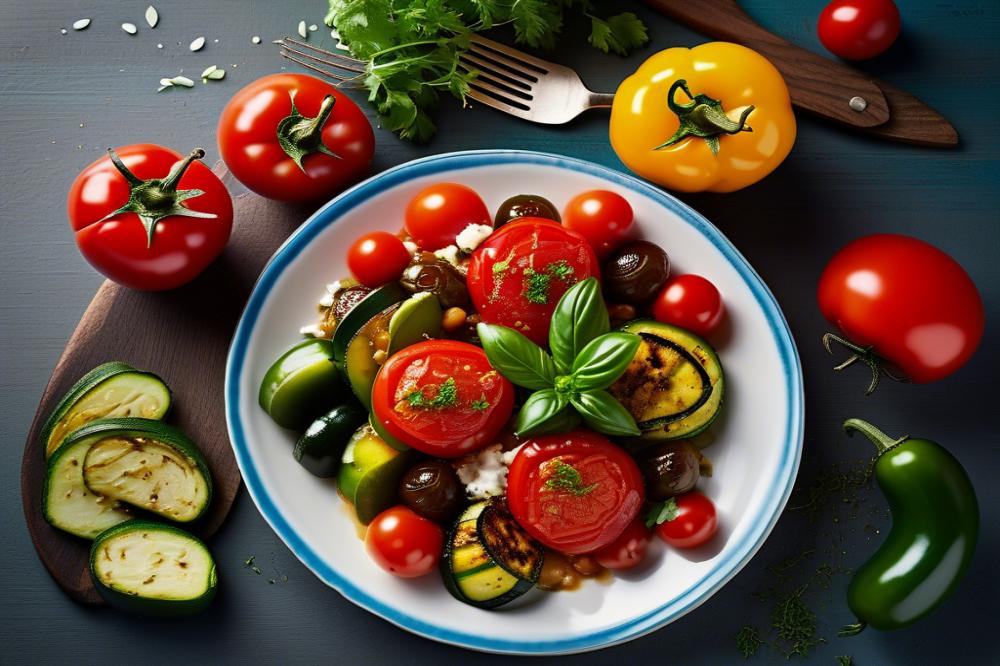
Serving Greek Gemista can be a delightful experience. This dish often shines when accompanied by a fresh Greek salad. The crisp cucumbers and ripe tomatoes complement the hearty flavors of the stuffed vegetables beautifully. A drizzle of olive oil and a sprinkle of feta cheese on the salad adds a nice touch.
Another common side is a warm, crusty loaf of bread. Freshly baked bread is perfect for dipping into any remaining juices on the plate. Some people also enjoy serving it with tzatziki sauce, which provides a cool contrast to the warm, baked vegetables.
Variations in Filling
Many enjoy customizing the filling for their Gemista to reflect personal preferences. Start with a base of rice and vegetables, but consider adding ground meat, such as lamb or beef, for a richer dish. This creates a hearty and satisfying meal.
For a vegetarian option, try including lentils or chickpeas instead of meat. This can enhance the dish with additional protein. Implementing different herbs can also elevate the overall flavor. Fresh parsley, dill, or mint can introduce a refreshing taste that balances the dish well.
Tomatoes and peppers play crucial roles in this Mediterranean cuisine. However, experimenting with other vegetables can create a unique twist. Zucchini or eggplant can serve as wonderful substitutes for a more diverse array of tastes.
Don’t shy away from baking seasonings either. A sprinkle of cinnamon or nutmeg in the filling might surprise you. Adding lemon juice before baking lends a zesty contrast that brightens the entire meal.
Culinary Travel Experiences in Greece
Experiencing Greek Gemista in its original setting offers food lovers an unforgettable journey through the heart of Greece. Many travelers find themselves captivated by the vibrant atmosphere of local tavernas. In these cozy spots, the aromas of traditional dishes mingle with the sounds of laughter and conversation.
Regions like the Peloponnese and Crete are particularly known for their exceptional stuffed vegetables. Visitors to the vibrant city of Chania in Crete often rave about the delicious preparation of Gemista using fresh, seasonal produce. “Every bite was a burst of flavor,” shared one traveler. They loved how each plate highlighted the herbs, rice, and tomatoes.
The coastal areas of the Mediterranean also boast remarkable culinary gems. Travelers may discover a unique twist on this dish in small tavernas overlooking the sea. Here, peppers and zucchini come alive on the plate, thanks to the care of local chefs who prioritize fresh ingredients. “We didn’t just eat; we experienced the cuisine,” remarked a tourist who ventured through the quaint villages of the Peloponnese.
Shade trees and friendly locals create an inviting atmosphere for those looking to enjoy this Mediterranean treasure. Ordering Gemista often feels like partaking in a shared family tradition. Diners might see these colorful vegetables being carefully prepared in kitchen windows, giving them a glimpse into the art of baking this dish to perfection. It’s a celebration of flavors that symbolizes warmth and hospitality.
Many enthusiasts find themselves charmed by the authenticity of dining in these local settings. Tasting varies from one tavern to another, but every meal seems to tell a story. Guests comment on how the combination of fresh vegetables, rice, and spices welcomes them into Greece’s culinary heritage.
While savoring meals, travelers are reminded that food in Greece serves a greater purpose. It’s not just about filling one’s stomach; it’s about creating bonds and sharing moments. Enjoying Gemista in its original setting transforms a simple meal into an engaging experience, where guests become part of the surroundings.
Bringing the Joy of Greek Gemista to Your Kitchen
Preparing Greek Gemista is not just about following a recipe; it’s an experience filled with joy and warmth. Taking the time to stuff vegetables with delicious rice and herbs allows you to connect with the rich culinary traditions of Greece. Each step in the preparation reveals unique flavors and aromas that transform your kitchen into a vibrant Mediterranean locale.
Sharing this dish with family and friends can lead to memorable moments. As you enjoy the colorful plates before you, discussions about travel and culture often emerge. Food has a special way of bridging gaps between generations and cultures. It can evoke stories of past travels or spark dreams of future adventures.
This dish brings Greece’s culinary heritage to life. By trying it at home, you can explore and celebrate the flavors that define Greek dining. Embrace this culinary journey, and allow Gemista to transport your taste buds to sun-soaked shores and bustling tavernas. Everyone can enjoy this experience, so why not start today? It’s a delightful way to step into another culture while satisfying your appetite.

